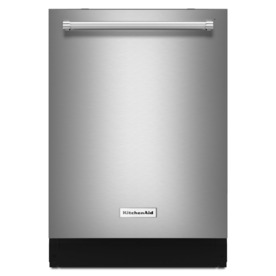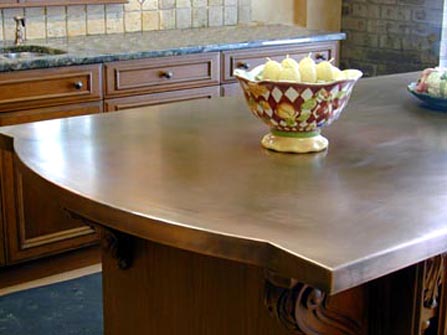Reviewed February 2023
Click HERE for a convenient summary of tevilas keilim guidelines and HERE for a handy chart.
Introduction:
In His infinite wisdom, Hashem Yisborach has spiritually elevated the mundane activity of eating and has vested it with special sanctity, kedusha. The food we eat must be kosher, the table upon which we eat our meals represents the holy altar, the mizbeach. Similarly, the vessels and utensils (keilim) used for preparing food and for dining must be given special holiness. When these dishes and/or utensils have been previously owned by an aino Yehudi, we have to immerse these keilim, in a mikvah before their first use.
Keilim (vessels/utensils) can be categorized into three halachic groupings; utensils requiring tevila (immersion) with a brocha: utensils requiring tevila without a brocha; and utensils not requiring tevila at all. Utensils require tevila with a brocha when they have direct contact with food during preparation […]




 STAR-D
STAR-D STAR-S
STAR-S